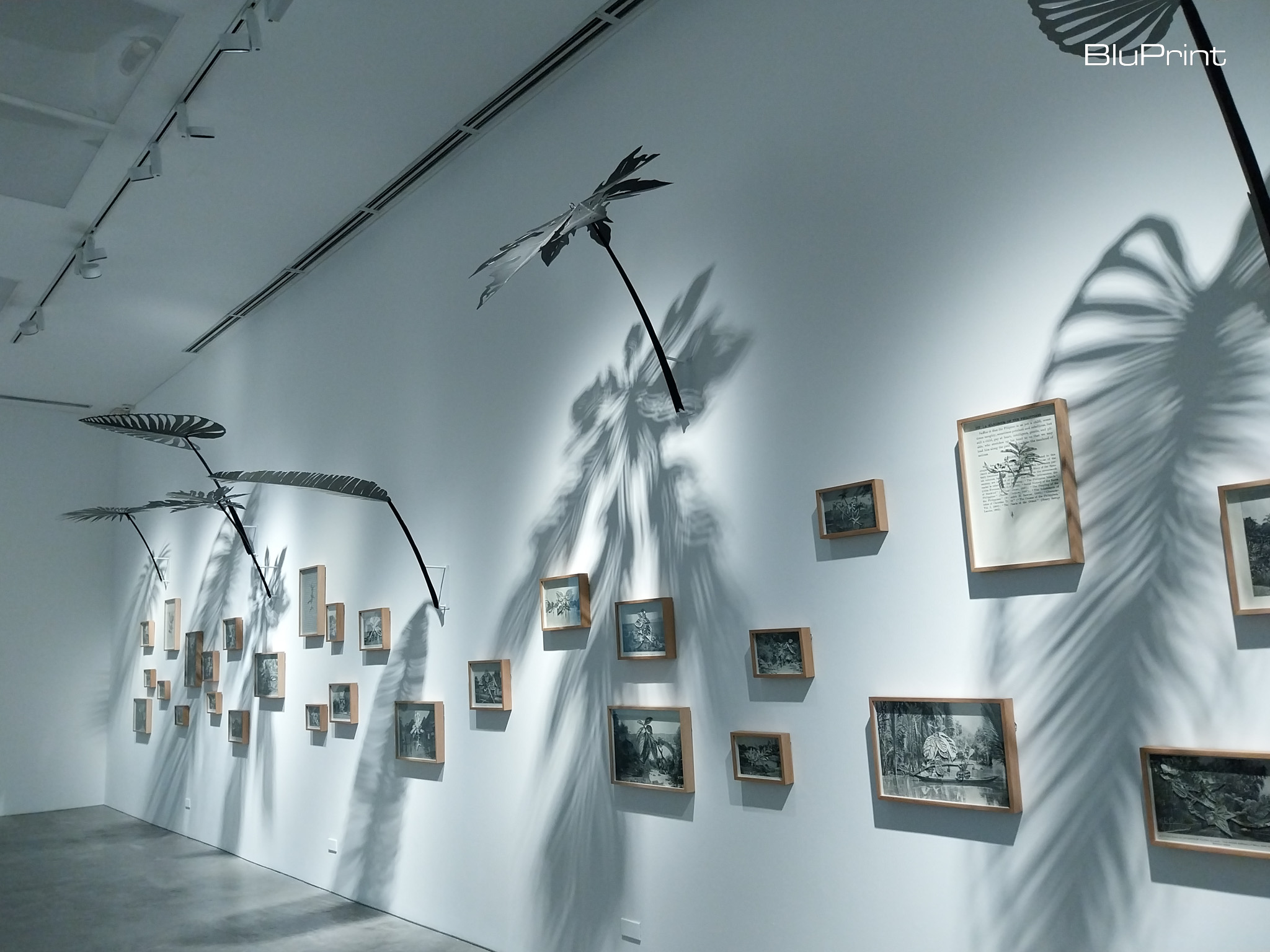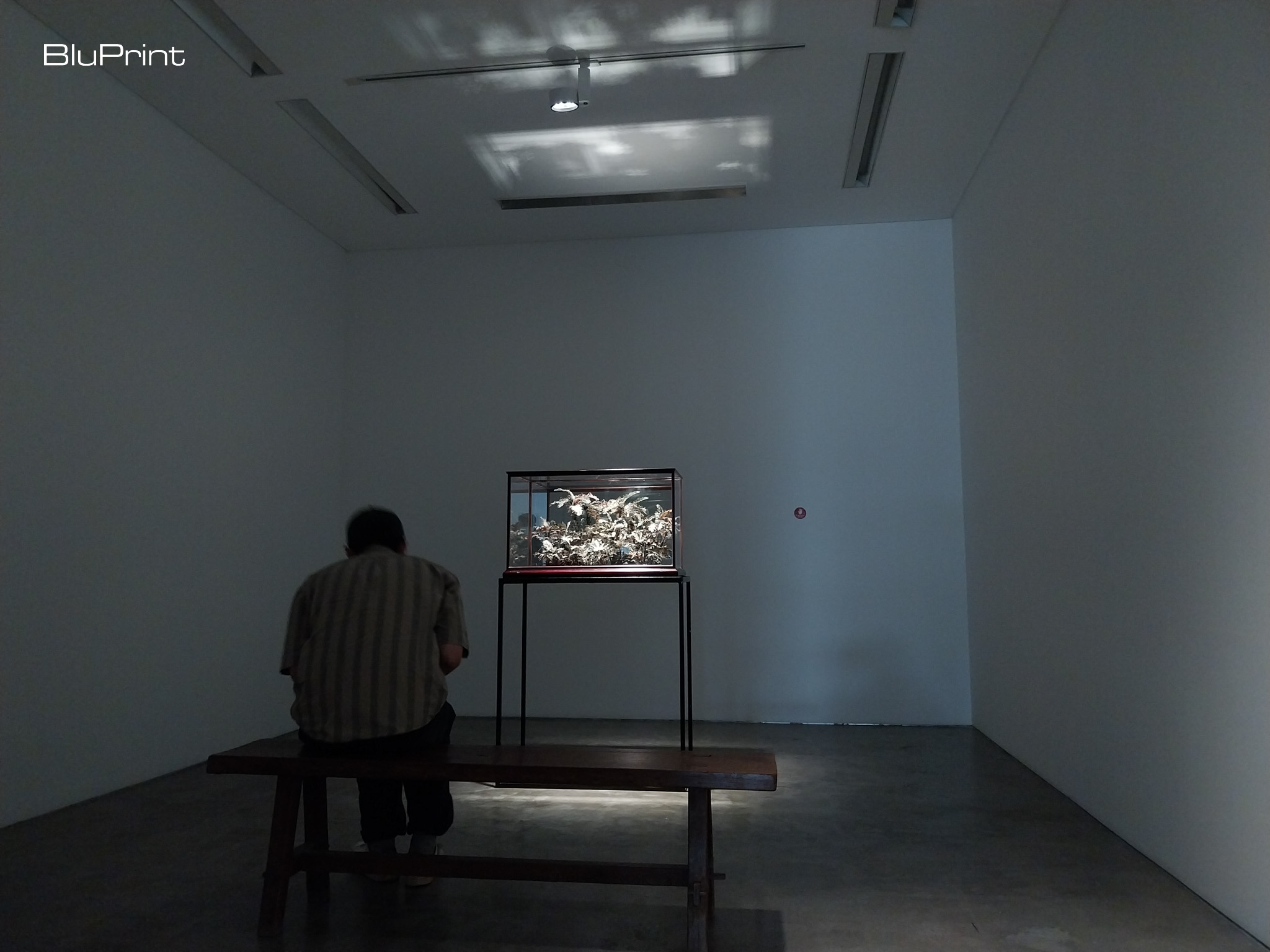
‘Return, My Gracious Hour!’: Reinterrogating Nostalgia of the Past
Return, My Gracious Hour! was an art exhibit made by local artist Ryan Villamael. Exhibited at Silverlens Makati between January 9 and February 3, the exhibit was partially inspired by Jose Rizal’s “Memories of My Town.” The artworks create a juxtaposition between our country’s colonial past and post-colonial present, questioning how we look on it with nostalgia.
The inventive thing about the work is that it utilizes archival photos to present this juxtaposition. Villamael used photographs taken during the American occupation. The way Villamael chose the photographs presents some insight into the perspective on Filipinos that the era had.
Questioning Colonial Perspectives
Villamael uses his signature paper sculptures as a way of pursuing this parallelism of the past and present. In the distinguishing part of the exhibit, called “Memories of My Town,” he covers the photographs with small paper leaves. The paper leaves, matching the photographs’ color like a chameleon, still stand out in contrast to the photograph. It creates an effect not unlike René Magritte’s The Son of Man.
One of the interesting parts about this work is the usage of text from Picturesque Philippines which criticize the Filipinos as lazy and easily-misled. Paired with the photos of Filipinos building houses, it makes us question what was documented during the era itself. Were we documenting the creation of nipa huts as a way of showing how Filipinos live? Or was it a way of proving the biases of those who documented it?
The paper leaves, modeled after different plants, have an intentionality that pits it against the photos of the Filipinos. The photographs tend to present acts like making nipa huts as a native thing, and the paper leaves seem to make us question the artifice of the pictures.
It’s an attempt to question how we judge the photographs themselves. Are we dissecting it from a modern lens, or are we looking at it from the context of its era? Is there a difference?
Is Nostalgia Tainting How We Look At The Past?
A literal hidden gem of the exhibit is a paper terrarium filled with paper plants. It has its background mirrored, reflecting it on the viewer itself. The piece’s name is “Pulô series XVI.”
The artist appears to be trying to create a living environment from the paper sculptures. When you look at it from different angles, the colors change depending on how the light hits it. The bland sepia colors on the top of the leaves give way to an underside of green and red. The methodology feels like it’s asking us to consider the reality of nostalgia.
The fact that it’s hidden in a dark room away from the main exhibit makes it feel like the artist is also trying to preserve the moment. And in this attempt, it’s like if he’s asking us to reflect on the fake nature and understand the boxes that we exist in as human beings.
Agelessness in Return, My Gracious Hour!
The centerpiece of the exhibit, so to speak, is a literal mirror on the opposite wall of “Memories of My Town.” The exhibit is called “Fables,” and it’s crafted in a way where it appears like two people are held up by a series of animals and plants as they attempt to reach towards the crown.
It seems to reflect how we reflect the art ourselves. Paired with the photographs with the paper cutouts, it feels like the artist is asking us to interrogate our thinking. Are we reflecting the nature that’s in front of us, or are we creating an inferior copy that we can use to feel comfortable about ourselves?

The difference between a lot of post-colonial artwork and Return, My Gracious Hour! is its apparent interrogation of the concept of nostalgia, how it weaves away the idea of a Golden Age or a simpler time by putting us in the box with them.
The agelessness of images hides the humanity of these interactions, and the exhibit shows that there is no way to truly preserve the lives of people. People just are, and nostalgia and images doesn’t recreate that living presence. It’s like preserving paper plants in a mirrored terrarium: a good facsimile, but not the real thing.
Related reading: Reinventing Heritage: Revolutionizing the Future Through Nostalgia











